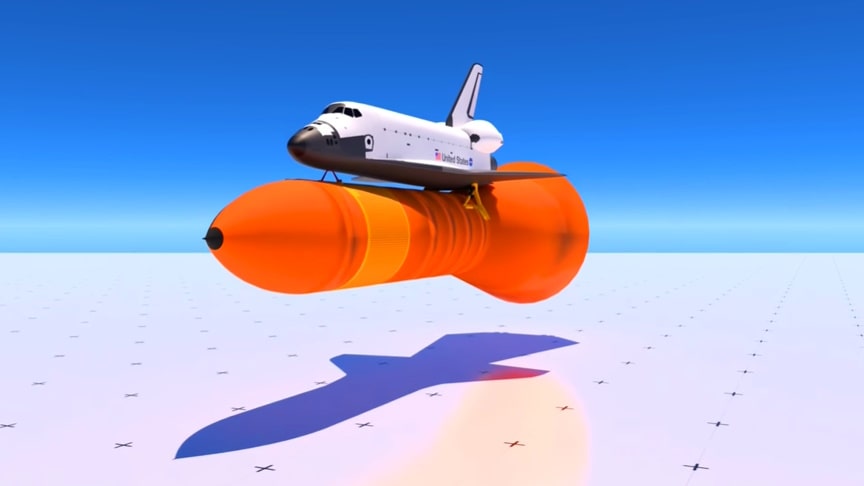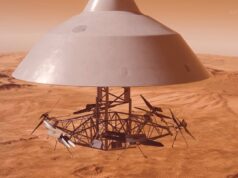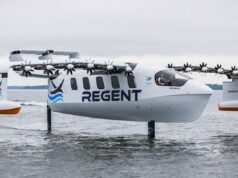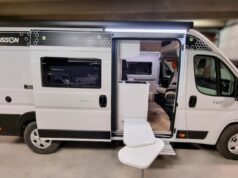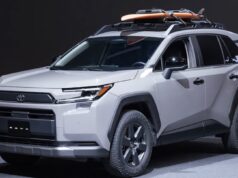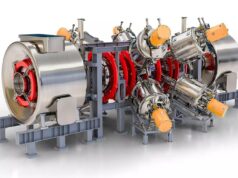In the 1970s, the USA was planning vast network of solar power stations, or SPS, to wean the country off oil and avoid using nuclear power. These stations would have been huge and required vast lifting spaceplanes like the Boeing space freighter or the Star Raker to get materials into orbit. There was an essential component of the SPS program that we skipped over – that the star raker for all its glory was actually not designed to carry passengers. That these gigantic SPSs in orbit 300 nautical miles above the earth would in fact require a huge workforce of zero g workers as well – but how would they get there?
source/image: Found And Explained
That role would fall on a different spacecraft entirely. Essentially, a passenger space shuttle. The project was called the Personal launch system and would very much like the space shuttle we have today, although its actual support rockets would be very different. This is because the space shuttle was actually under development around the same time and was seen as the obvious leaping-off point for any sort of personal ground to orbit system.
So why not just design a passenger module and turn the space shuttle into a commercial transport? Well hot off the creation of the star raker, Rockwell did just that.This design, from 1976, would be able to carry at least 68 passengers, although there are some concepts that could increase that capacity up to 86 if needed or as low as only 50 astronauts.
Advertisement
Passengers would be divided into four different areas, with different passenger configurations over two decks. Section A-A was the most dense at the rear of the cabin, with 4 seats across the top and two in the bottom. Section B-B had the same densifty but room on either side of the lower seats for cargo. Section C-C and Section D-D were areas with the four doors, with C-C having only four chairs and section D only two chairs at the lower deck leaving room to maneuver around the cabin./source

